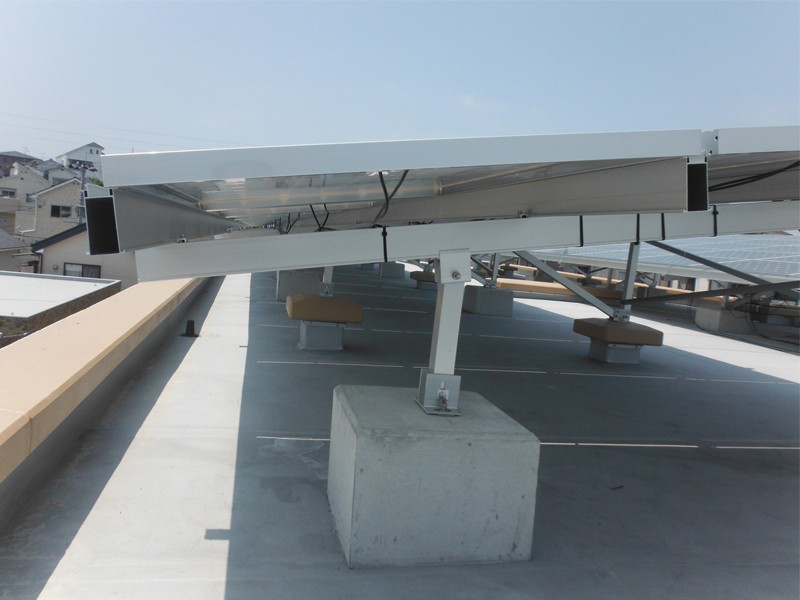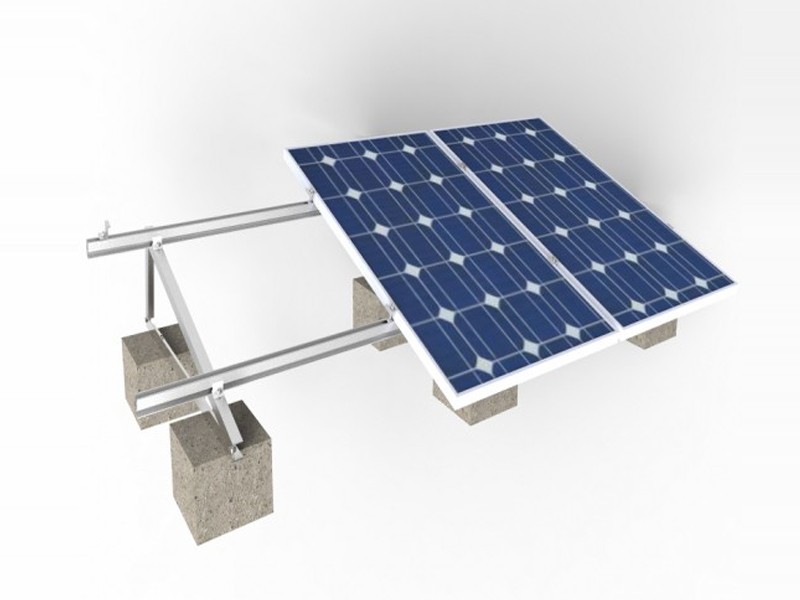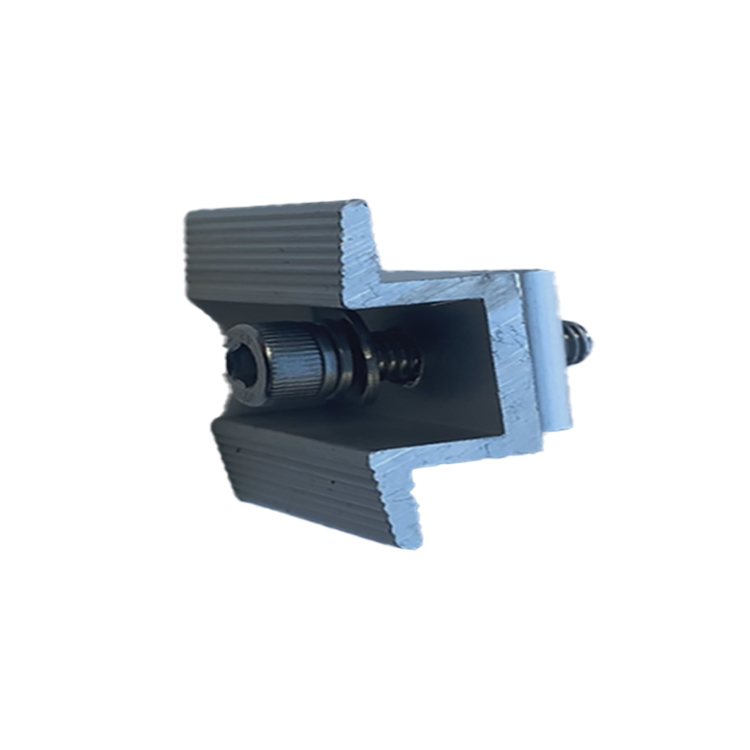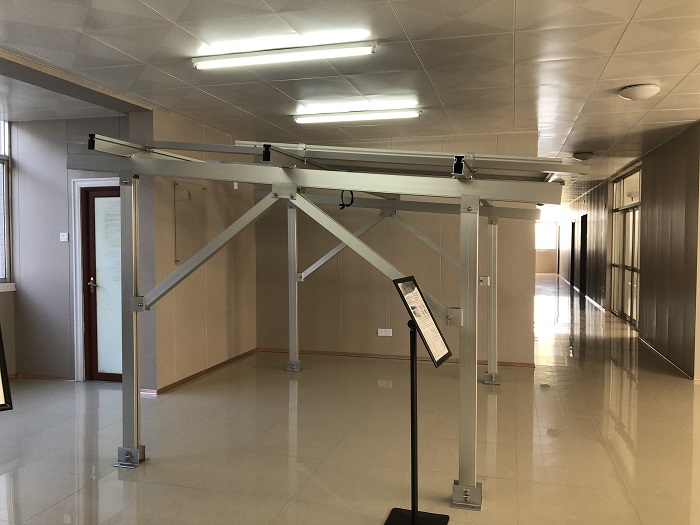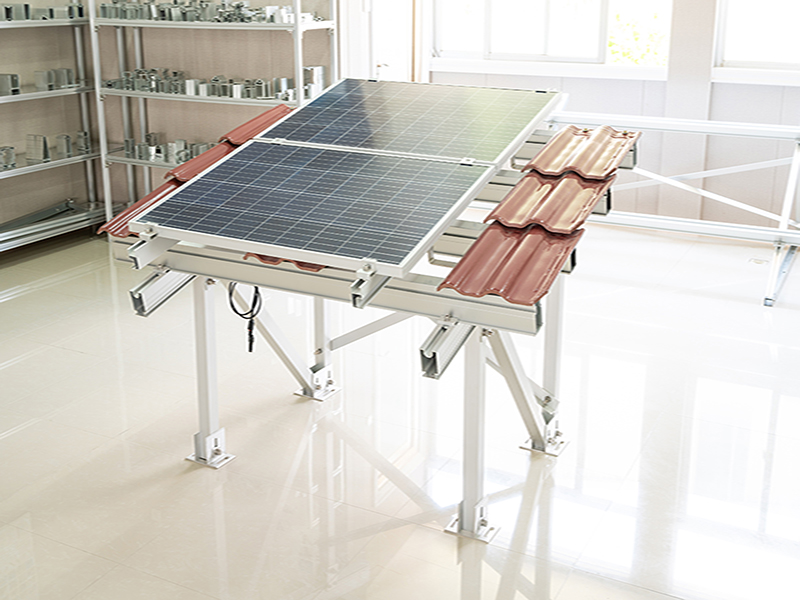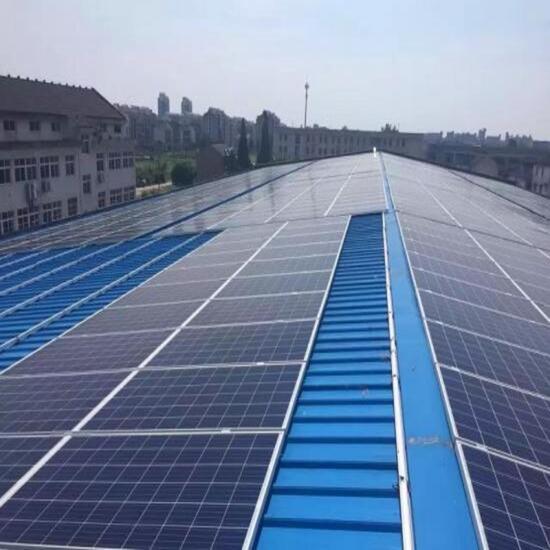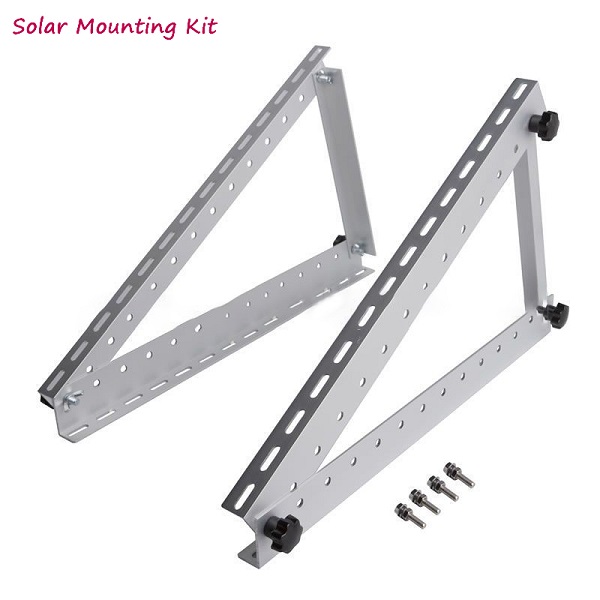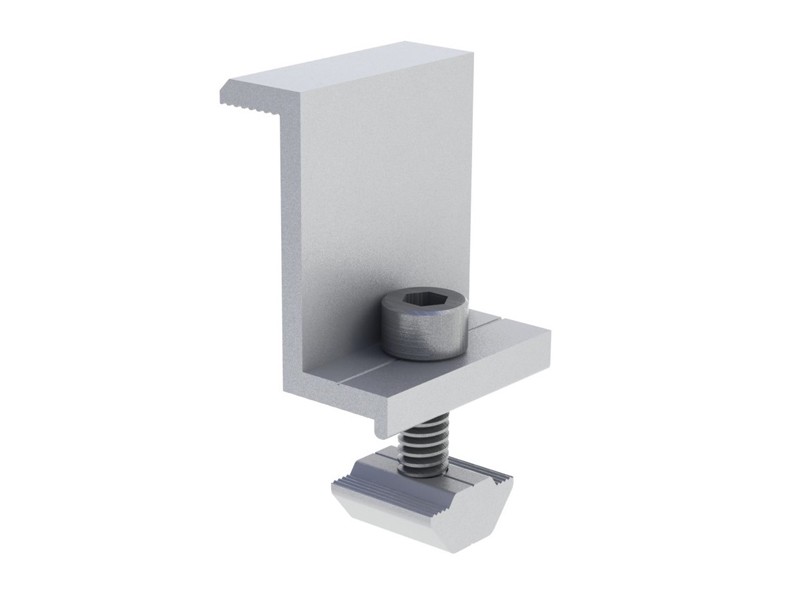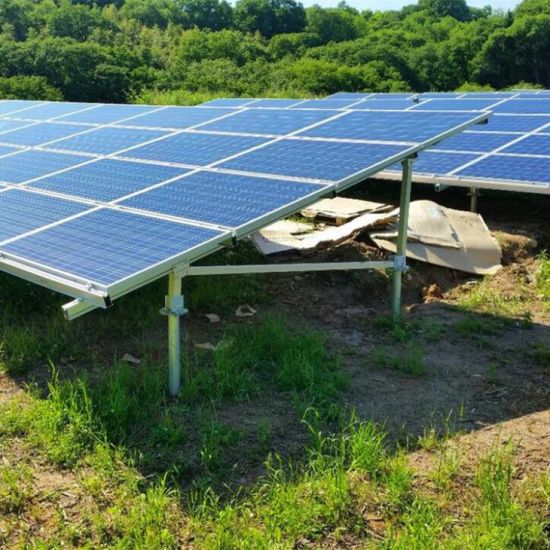Which industries the floating solar mounting system is mostly used? And how does it perform?
Floating solar mounting system, or floating photovoltaic (FPV), is a solar array that floats on the surface of a water body. They are installed in calm waterbodies such as lakes or basins because oceans and rivers have rough waves that could throw off the panels. In order to fix the panels on the surface of the water they require the use of a floatable structure to avoid sinking. Floating solar arrays can also be planted on reservoirs and other man-made waterbodies.
Floating solar mount is one of the most environmentally friendly or sustainable ways of generating electricity. The solar panels are connected to a transmission tower using cables through which electricity passes through. Floating solar system is a combination of marine technology and renewable energy.
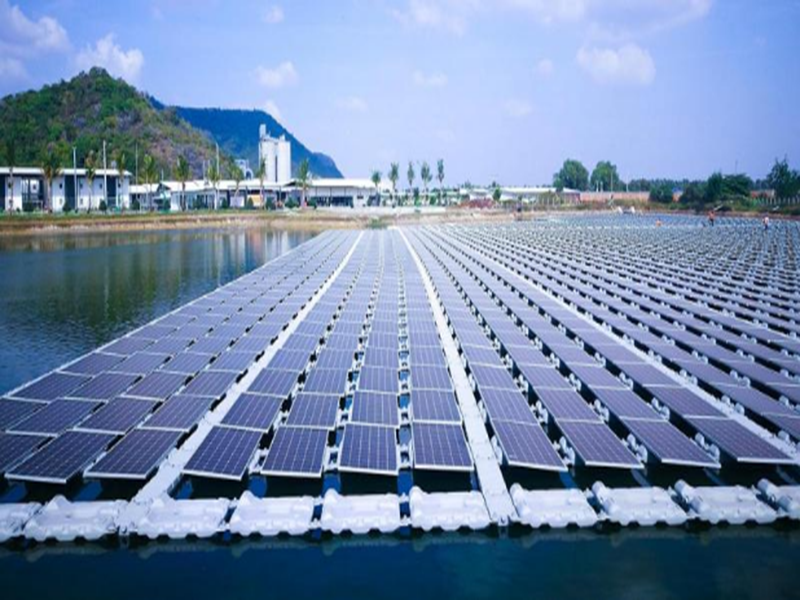
The floating solar panels work similarly to the ground panels. They are built and arranges in a modular system. The panels are fixed to a floating platform that are organized in blocks; this is done on land before sending it out to the water in rows. In order to keep the anchor, the panels to the ground in the water, helical piles or ballasts are set into the lake or basin.
After the installation is done the panels then collects the direct current electricity from the solar rays and converts it into alternating current electricity.
A floating solar mount system or the solar panel is made from rustproof material and has a floating body to prevent the panel from rusting and sinking due to contact with water over time. The floating body on the panel is made from polyethene and has a magnesium alloy coated on to prevent corrosion. It can also hold 2.5 times its own weight (the weight of the panel) to make sure the panel doesn’t sink into the water. The design of the panels allows for easier and convenient installation in the water.
The usage of floating solar mounting systems is to assist, benefit and increase land space that can otherwise be used for more productive purposes. As well as man-made water bodies which evaporate quickly can be saved by absorbing the sun rays into the panels on the water bodies. Water bodies used in different industries such as mineral extraction pits and coal quarries can be utilized effectively, not only for water but also for providing electricity.
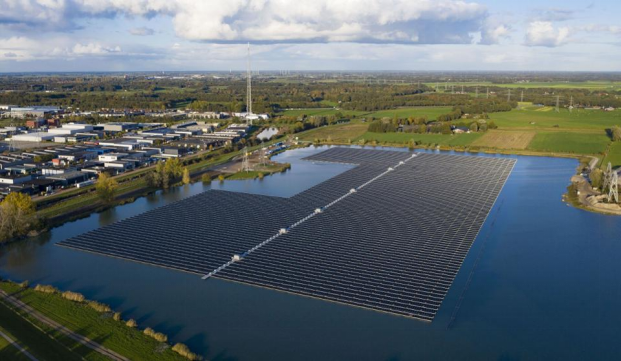
There are several floating solar mounting systems in different industries, but since they are expensive to install, they are not used for small scale projects like homes. A ground or a roof mounting system is more suitable for homes and buildings. Floating mount systems work in large projects and manufacturing companies. Mostly the government installs solar panels on the surface of water bodies for generation of electricity. These solar panels are mostly used in the hydropower industry, with hydro electric dams to generate the most efficient and eco-friendly method of generating electricity on a large scale.
Some of the real-world examples of floating mount systems and their applications are;
· The largest floating mount system in the world
- Located in Anhui province, China.
- Has a 40 megawatts size.
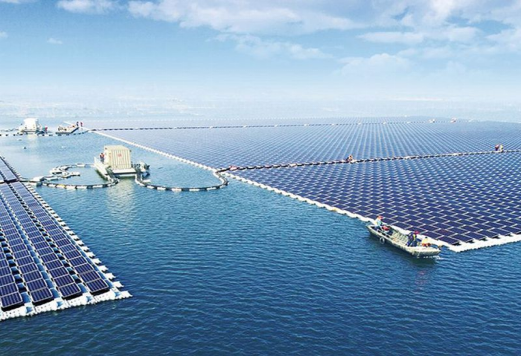
In China, these solar panels are used to power 15,000 homes and consist of 166,000 panels on a very large scale. It is the largest floating mount system in the world.
· The first public floating mount system in USA
- It is located in Kelseyville, California, USA
- With a size of 252 kilowatts.
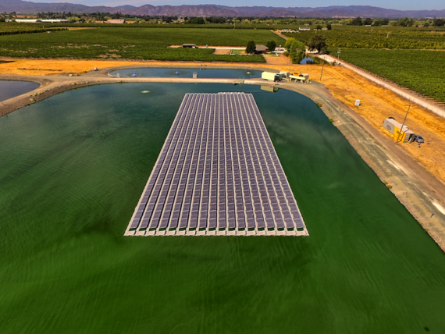
The company installed its first ever public floating solar mount system in USA consisting over 720 solar panels. The solar panels sit over a man-made waste water treatment pond. It generated electricity to treat drinking water for the nearby residents in the area. It has saved a lot of money and is being financed by the lake county special district.
· The largest floating mount system in Japan.
- It is located in the Chiba Prefecture in Japan
- It Has a power size of 13,7 megawatts
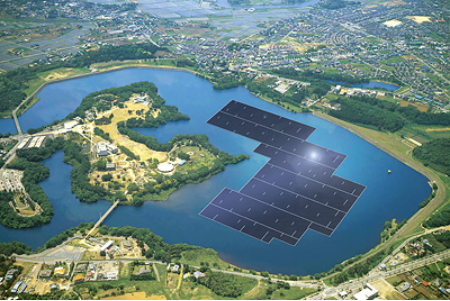
They have installed the largest floating mount system in Japan covering over 44 acres and used for generating electricity for the Tokyo
One of the greatest benefits of using Floating solar panels is that they produce clean and renewable energy. This reduces the dependency on fossil fuels which are harmful to the environment. Using a floating mount system can reduce the emission of greenhouse gases at a larger scale and save the environment. generate clean energy. Using renewable energy helps reduce dependence on fossil fuels’ generated electricity. As a result, the emission of dangerous gases are greatly reduced.
Solar panels are known for its performance under high temperature and direct sunlight. But his causes their efficiency to dop over time with rising temperature. Installing floating solar panels on water can provide a cooling effect on the solar panels whenever they are at high temperature. This can increase their lifecycle and maintain the efficiency over a longer period of time.
One of the downsides of floating solar panels is that they are very expensive to install compared to ground or solar mount systems. The technology is still very new and hence, it requires the use of a lot of money. Sometimes to be used it require creating man-made water bodies like reservoirs due to a reduced number of calm water bodies like lakes in some countries.
The floating mount systems are still being used in a few countries like China, Japan and USA for large projects but over time the costs will drop and it will be used by more countries around the world.
This technology is still very new and cannot be operated by many people hence, it might be a better and safer option to go for a ground mount system or a roof mount system especially for small scale areas and projects due to reduced costs of installation and maintenance.
References
https://www.starwinsolar.com/product-list/floating-solar-mounting-system

